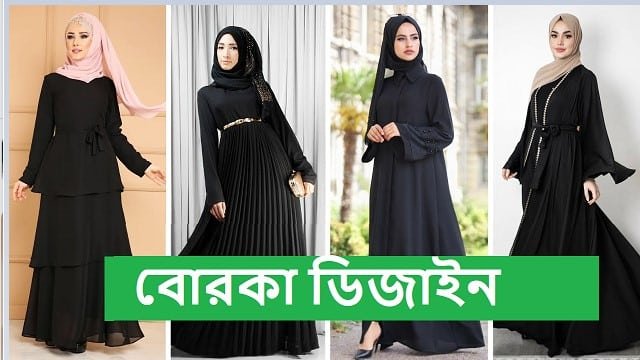Mehndi design, a form of body art from ancient India, has evolved into a global phenomenon celebrated for its intricate beauty and cultural significance. Typically applied to the hands and feet during ceremonies and festivals, mehndi designs are more than just decoration—they symbolize joy, luck, and prosperity.
Historical Significance of Mehndi
Mehndi has been a part of South Asian culture for centuries, with records dating back to the times of the earliest civilizations in the region. The use of mehndi design was originally practiced for its natural cooling properties, soothing the skin in hot climates, and later became a staple in wedding ceremonies and other important celebrations.
Mehndi Design in Modern Weddings
Today, mehndi design is a key element of wedding ceremonies, especially in Indian, Pakistani, and Middle Eastern cultures. It is believed that the darker the mehndi stain, the stronger the bond between the couple, and the more blessings the bride will receive.
Types of Mehndi Designs
Mehndi designs vary widely, including Arabic, Indian, and Moroccan styles, each with its unique elements. Arabic designs are typically large, floral patterns spread across the hands and feet. Indian mehndi involves fine, detailed patterns covering entire hands and even forearms. Moroccan mehndi designs are geometric and bold.
Tools and Techniques for Applying Mehndi
Applying mehndi design requires skill and precision. Artists use a cone-shaped tool made from rolled plastic or paper, filled with henna paste, which is squeezed onto the skin to create intricate patterns. The application can take several hours, depending on the complexity of the design.
The Cultural Role of Mehndi in Different Societies
Mehndi design plays a significant role in many cultures beyond its beauty. It is often part of religious and spiritual rituals across different societies, symbolizing inner and outer suns and awakening inner light.
Mehndi and Fashion: A Stylish Combination
In the fashion world, mehndi design has found a place on runways and in photo shoots, symbolizing exotic elegance and worldly allure. Fashion designers often integrate mehndi patterns into their collections, showcasing the beautiful blend of tradition and modernity.
DIY Mehndi Design Tips for Beginners
For those interested in trying mehndi design at home, it’s important to start with simple patterns and quality henna paste. Practicing on paper before applying to skin can help improve precision and confidence.
The Do’s and Don’ts of Mehndi Design
When it comes to mehndi, some best practices ensure a great result. Always clean the skin before application, allow the henna paste to dry completely, and avoid water contact for at least 12 hours to develop a rich stain.
Future Trends in Mehndi Design
As global interest in cultural practices grows, mehndi design is evolving with new influences and techniques, such as the incorporation of glitter and gemstones. These innovations make mehndi an ever-more appealing option for body art enthusiasts worldwide.
Prominent Mehndi Artists to Follow
Several renowned mehndi artists have gained international fame for their exceptional skills and innovative designs. Following these artists can provide inspiration and insight into the potential of mehndi artistry.
Mehndi Design in Popular Culture
Mehndi has made its way into popular culture through movies, music videos, and celebrities showcasing their mehndi at high-profile events. This visibility has contributed to its popularity and acceptance as a form of artistic expression around the world.
Conclusion:
Mehndi design remains a timeless and evolving form of art that holds a deep-rooted cultural significance and personal meaning for many. Its ability to adapt and resonate with different generations and cultures ensures that mehndi will continue to be cherished and practiced worldwide. Whether you’re new to mehndi or an experienced artist, the world of mehndi design offers endless possibilities and joy.
Explore 9xflix com , a popular platform for streaming and downloading movies, web series, and TV shows in various genres and formats. Find the latest releases and enjoy seamless entertainment on any device.
FAQs about Mehndi Design
1. How long does mehndi last on the skin? Typically, mehndi can last between one to three weeks, depending on the quality of henna used and aftercare.
2. Is mehndi design only for women? No, mehndi design is enjoyed by people of all genders. It is widely used by women due to traditional roles in weddings and festivals, but many men also participate, especially in certain cultural contexts.
3. Can mehndi design be removed faster? Mehndi stains naturally fade over time as the skin exfoliates. If quicker removal is needed, regular washing and exfoliating can help accelerate the process.
4. Are there any allergic reactions to mehndi? Natural henna is generally safe, but black henna can cause allergic reactions due to the presence of para-phenylenediamine (PPD), which is harmful. Always test on a small skin area first.
5. Where can I find mehndi design inspiration? Inspiration for mehndi designs can be found in cultural history books, online platforms like Pinterest, Instagram, and by following work of famous mehndi artists.



